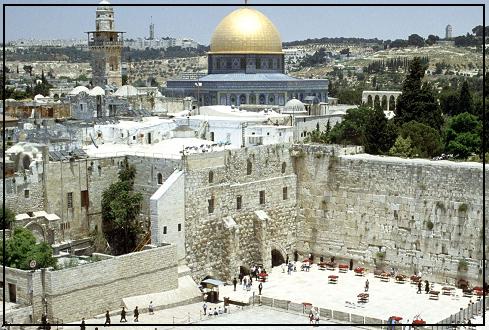Kabbalah is a discipline and school of thought concerned with the mystical aspect of Judaism. It is a set of esoteric teachings that is meant to explain the relationship between an infinite, eternal and essentially unknowable Creator with the finite and mortal universe of His creation. In solving this paradox, Kabbalah seeks to define the nature of the universe and the human being, the nature and purpose of existence, and various other ontological questions. It also presents methods to aid understanding of these concepts and to thereby attain spiritual realization. Kabbalah originally developed entirely within the milieu of Jewish thought and constantly uses classical Jewish sources to explain and demonstrate its esoteric teachings. These teachings are thus held by kabbalists to define the inner meaning of both the Tanakh (Hebrew Bible) and traditional rabbinic literature, as well as to explain the significance of Jewish religious observances.
To illustrate an idea of the nature of Kabbalah, it is pertinent to briefly discuss the better known, fundamental concepts of kabbalistic thought: the concept of G-d as Ein Sof, the Ten Sefirot, and the kabbalistic tree of life. This explanation is, at best, a gross oversimplification.
According to Kabbalah, the true essence of G-d is so transcendent that it cannot be described, except with reference to what it is not. This true essence of G-d is known as Ein Sof, which literally means "without end," which encompasses the idea of His lack of boundaries in both time and space. In this truest form, the Ein Sof is so transcendent that It cannot have any direct interaction with the universe. The Ein Sof interacts with the universe through ten emanations from this essence, known as the Ten Sefirot.
These Sefirot correspond to qualities of G-d. They consist of, in descending order, Keter (the crown), Chokhmah (wisdom), Binah (intuition, understanding), Chesed (mercy) or Gedulah (greatness), Gevurah (strength), Tiferet (glory), Netzach (victory), Hod (majesty), Yesod (foundation) and Malkut (sovereignty). The middle five qualities are mentioned explicitly and in order at I Chronicles 29:11: Yours, O L-rd, is the greatness (gedulah), the strength (gevurah), the glory (tiferet), the power (netzach), and the splendor (hod). This passage has been translated in widely varying ways, but the Hebrew corresponds to the names of the Sefirot in order.
The Ten Sefirot include both masculine and feminine qualities. Kabbalah pays a great deal of attention to the feminine aspects of G-d.
The Sefirot are commonly represented as in the diagram at left. This diagram is commonly known as the Tree of the Sefirot or the Kabbalistic Tree of Life. There is great significance to the position of these various attributes and their interconnectedness.
The Sefirot are not separate deities, as some might think by taking this too literally. They are intimately a part of G-d, and yet they are in contact with the universe in a way that the Ein Sof is not. The Sefirot connect with everything in the universe, including humanity. The good and evil that we do resonates through the Sefirot and affects the entire universe, up to and including G-d Himself.
The Mystical Vision of Kabbalah
T
Emanations
from the Source
![]()
|
Home Donations Merchandise Communiqué |
About Us Guild Tek Gnosis |
Illuminati Matrix Beyond Theology CG Jung |
Main Temple Pop Future Virtual Tour Extra Terrestrial Transmissions |
